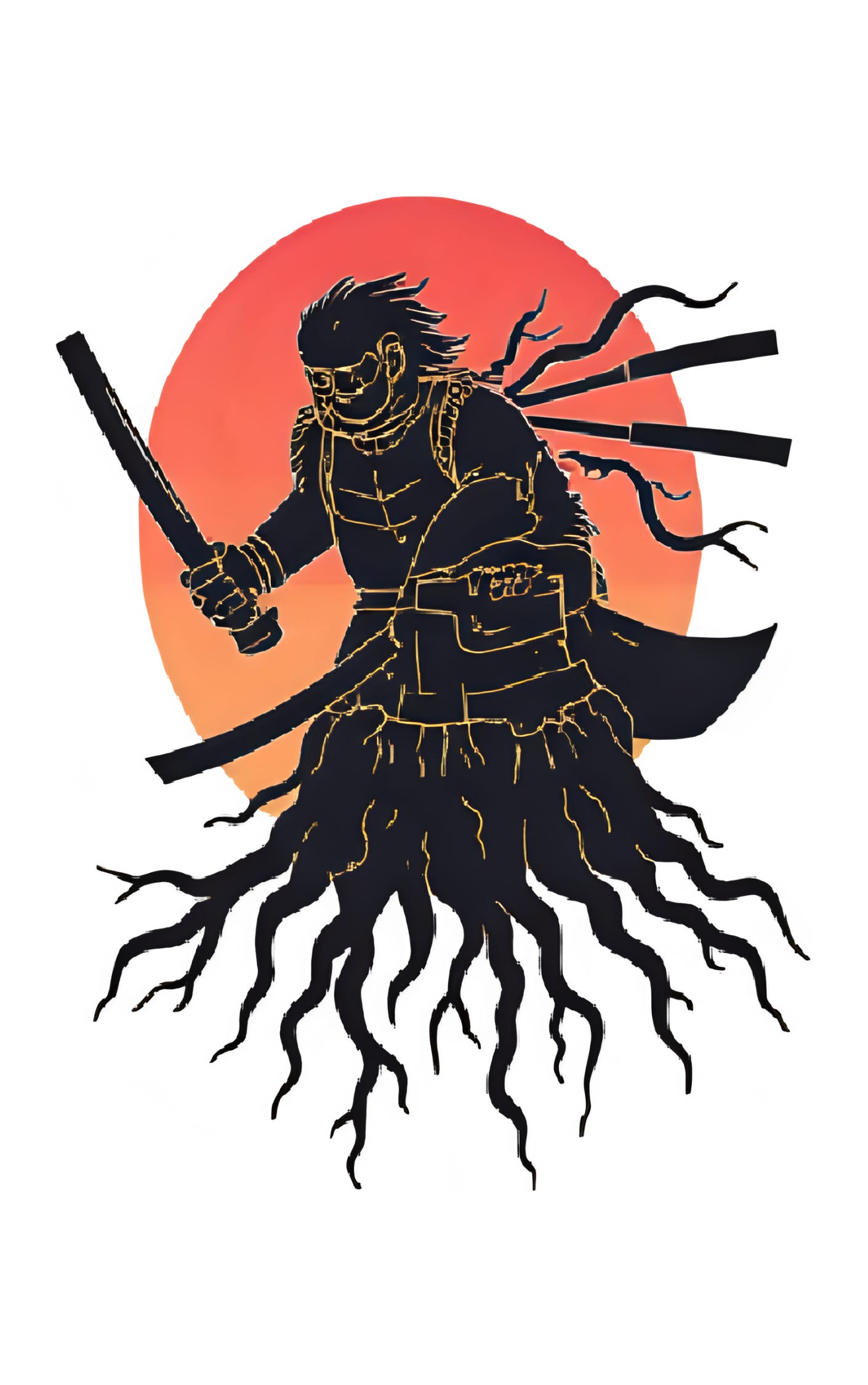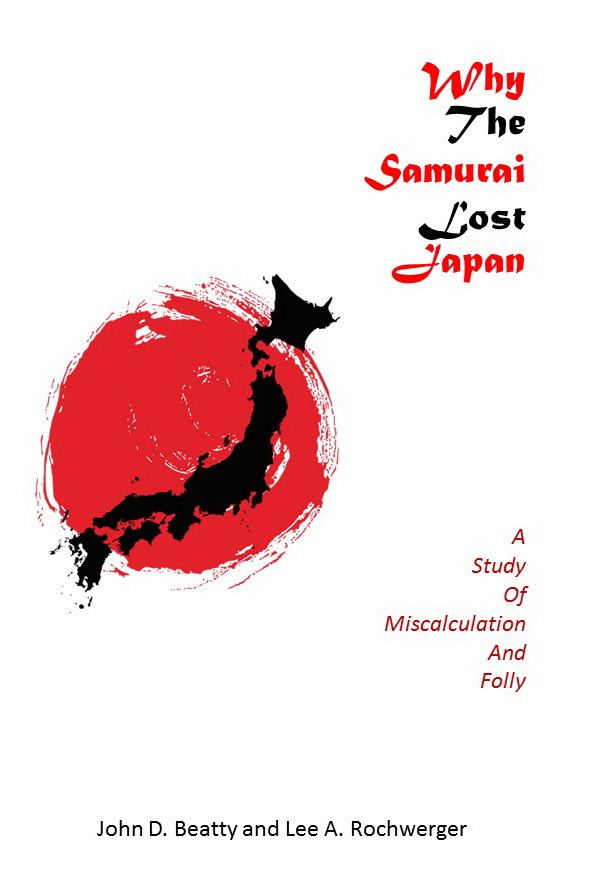Roots of Samurai Rage and Fear III
China, the Triple Intervention, and The Peking Relief
Like if you want using the keys below; only I can see who you are.
There were several events and phenomena in Japan’s history that supplied ample fuel to a simmering fire that seemed to have been burning in the minds of much of the military and naval leadership of Japan before 1941. While much of Japan was quietly intent on merely surviving, the dominant social group in the archipelago was constantly trying to either stay in charge or justify having been in charge. This essay is one of several that visit the most important elements of samurai rage against the West and their own subjects, and their constant fear of being overthrown or even contradicted. As shown by the various “insults” and momentous events in Japan over the centuries, the formation of movements and societies and the ensuing incidents happened all too easily. Too, Japan and the Japanese were apparently masters at holding a grudge.
In the First Sino-Japanese War (1894-95), Japan aimed to gain control of Korea and the Joseon dynasty, a Chinese satrap that was edging bankruptcy. A famine-driven riot in Seoul in 1882 ended up with the mob attacking the Japanese legation, which had to flee on a British ship: this resulted in Japan sending an infantry battalion to safeguard Japanese interests. In 1884, riven by factionalism and a growing pro-Japanese movement, the Koreans and Chinese put down a pro-Japanese coup. When Chinese troops met a neo-Confucian religious movement in 1894, Japan intervened and the war began on 1 August.
The war was brief, and Japan dictated harsh terms.
The Treaty of Shimonoseki, signed 17 April 1895, was a draconian agreement that compelled China to give up its centuries-old client Korea, its ownership of the Pescadores archipelago, its rights to the eastern part of China’s Liaotung Peninsula enclosing the northern side of the Bohai Sea and less than five hundred miles from Peking, as well as roughly 7.5 tons of silver—a fortune even then. It also forced China to open the ports of Shashi, Chungking, Soochow, and Hangchow to Japan. Also, China granted Japan most-favored-nation treatment in its international trade. With the treaty's signing, Japan was quick to move troops into the Liaotung Peninsula and the Pescadores.
Say what, again?
Until then, the rest of the world really didn’t care what Japan and China did to each other, but that was before they learned of the territory Japan gained. On 23 April 1895, six days after Japan and China signed the Treaty, Russia, Germany, and France started what Japan calls the Triple Intervention. Russia had had aspirations for an ice-free port since Peter the Great, and Port Arthur was, well, available now…yes? France was the de jure ally of Russia (against Germany) with an interest in the Pescadores; Germany aspired to colonies in the Far East that included the Shantung Peninsula of China and its port of Tsingtao just across the bay from the Liaotung. Therefore, by European power-politics standards, it only made sense for them to suggest—as a single block of European Great Power traders—to the burgeoning Great Power in East Asia that she give up the Liaotung Peninsula in exchange for another thousand ounces of silver. After all, was a toehold on mainland Asia worth a war with three of the mightiest navies on Earth?
Japan fought the war, but Europe got the spoils?
After waiting in vain for British or American diplomatic intervention, Japan agreed to giving up the Liaotung. The ensuing bitterness and resentment it left behind led to the “persevering through hardship for the sake of revenge” movement which, in the long term, energized Japan for what it saw as justice: the return of the territory they felt they unjustly lost. When the Japanese left the Liaotung in December 1895, the Russians and Germans were quick to move in. Other consequences of the Triple Intervention were the evacuation of the Russians from Nagasaki and their temporary base on Hokkaido. Another was the whetting of German and French appetites for more bases on mainland East Asia.
But Japan had unfinished business with Korea and Russia.
Japanese agents murdered Korea’s Queen Min on 25 October 1895, turning Korean opinion against Japan. On 11 February 1896, King Gojong fled the palace, fearing for his life from his pro-Japanese guards, and found refuge in the Russian legation in Seoul, where he ruled for about a year. In October 1897, Gojong proclaimed the Great Korean Empire co-equal to China and Japan yet under Japanese “sponsorship.” Despite all their machinations and misfires, Korea gave itself to Japan, weak and unprotected.
Soon, there arose an opportunity.
On 11 June 1900, Chinese soldiers murdered the secretary to the Japanese legation in Peking Sugiyama Akira. On 21 June 1900, the Dowager Empress of China declared war on all foreigners to support a popular uprising led by the anti-Christian, anti-foreigner, quasi-nationalist Militia United in Righteousness, which sprang from the “Righteous and Harmonious Fists,” popularly known as the Boxers. Imperial and Boxer troops sealed off the city, trapping over 800 Europeans, Japanese and Americans (and some 3,000 Chinese Christians) in Peking’s Legation Quarter. This was Japan’s chance to be allied as an equal with Russia, Germany, France, Britain, and all the other Great Powers of the West.
Enter the Boxer Rebellion.
Acting more quickly than the Chinese expected, Austria-Hungary, Great Britain, France, Germany, Russia, Italy, Japan and the United States put together no less than three expeditions to the rescue of the Legation Quarter. The third broke the siege of Peking and rescue the hostages, whose chief complaint was that they had had only champagne to drink for weeks. While there was great camaraderie during the approach, the Japanese felt as if they had gotten short shrift. While they had contributed most of the troops (half of the troops that reached Peking were Japanese; the rest British and Americans) and warships to the Alliance, the reparations and concessions Japan received from China afterwards were paltry compared to those got by Britain, France and the United States.
Samurai rage boiled even hotter. Their next target would be Russia.
The Roots of Samurai Rage and Fear
Japan had a great deal to fear from the West, and the samurai had a great deal to be angry about because their world changed so quickly they had no chance to assimilate it.
This idea will become a book in probably 2027.
Why The Samurai Lost Japan: A Study In Miscalculation And Folly
Japan always felt like it was getting the slimy end of the stick, and it often did. While we can say it was “nothing personal,” for them, each slight by the West was personal.
And Finally...
On 4 October:
1861: Construction of John Ericsson’s ironclad turret ship USS Monitor is authorized by Congress. The Novelty Iron Works built the vessel in less than the 100 days scheduled (a true novelty for defense contractors), and would fight only one ship: CSS Virginia, in March 1862 before foundering off Cape Hatteras at the end of 1862.
1923: John Charles Carter is born Evanston, Illinois. Better known as Charleton Heston, the actor played scores of characters, from Moses in The Ten Commandments to George Taylor in Planet of the Apes, including Major Matt Lewis in 55 Days at Peking, dramatizing the siege of the Legation Quarter.
And today is NATIONAL CINNAMON BUN/ROLL DAY, the day we can all indulge in the sweet delights of my only remaining vice, cinnamon, since I had to give up smoking, chocolate, and most booze over the years.




Great post John, liked!
I’ve been on here about a week and I’m trying to meet new interesting people to follow.
I share a philosophical look at history, history from antique books; some call it “Alternative”.
My latest article talks about the Asian plague, and how the fatality rate may have not been as bad as we were taught:
https://open.substack.com/pub/jordannuttall/p/the-plague-in-asia?r=4f55i2&utm_medium=ios